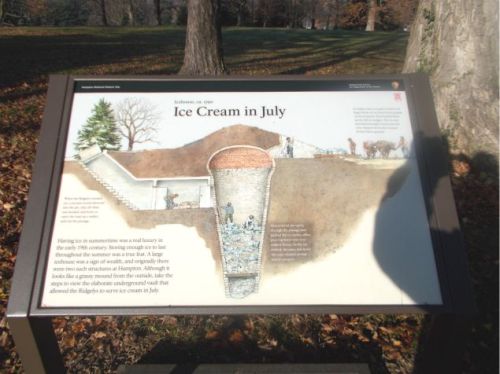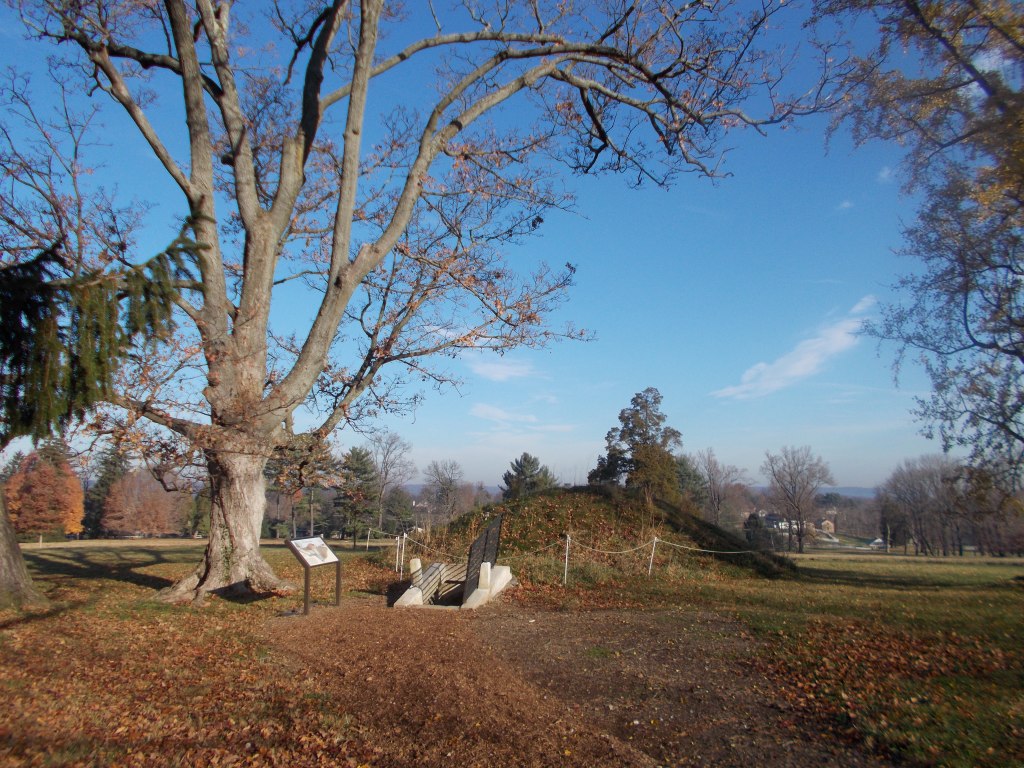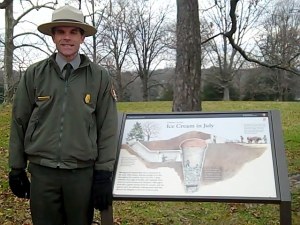Antique-looking placard goes missing
READ MORE
nagar palika|Mussoorie|ice well|Himalaya Club|British
RELATED
MUSSOORIE: Guess what's missing in the peak tourist season this summer?
An antique-looking placard - which could have helped innumerable
tourists know about an important heritage aspect of Mussoorie - has
suddenly disappeared.
The placard assumed significance as it bore information about an ice-well, built by the British in 1841.
To keep their beverages cool during the summer months, the British devised a mechanism in the form of ice-wells. During the winters, they would store snow in the ice-wells and used these to keep their beverages cool. While there were as many as 24-25 ice wells in the hill town, only a few exist now.
Located close to the Nagar Palika office, the placard was placed on the road, just above the ice-well.
It was a usual sight to see tourists - who liked to explore off-beat aspects of the town - take a brief halt to read the placard carrying information about the bygone era.
Saddened at the loss, historian Gopal Bharadwaj, who wrote the placard, says another attempt to revive old memories of the town has been defeated.
"Heritage is an important aspect for a town like Mussoorie. This particular ice-well was built by the British near the Himalaya Club in 1841. It was their favourite place to hangout and socialize back then. Since they liked entertaining guests, they used to take ice from the well for their drinks," he shares.
Shedding light on the mechanism adopted by the British to store ice, Bharadwaj, said, "The British used to store snow with salt and grass. This helped keep their beverages cool in the summer months."
He, however, said several ice-wells had been broken or damaged over time.
Even as refrigerators are becoming a necessity in the hill town of Mussoorie today, a natural refrigerator of the bygone era, which should have been preserved, has been completely forgotten.
The placard assumed significance as it bore information about an ice-well, built by the British in 1841.
To keep their beverages cool during the summer months, the British devised a mechanism in the form of ice-wells. During the winters, they would store snow in the ice-wells and used these to keep their beverages cool. While there were as many as 24-25 ice wells in the hill town, only a few exist now.
Located close to the Nagar Palika office, the placard was placed on the road, just above the ice-well.
It was a usual sight to see tourists - who liked to explore off-beat aspects of the town - take a brief halt to read the placard carrying information about the bygone era.
Saddened at the loss, historian Gopal Bharadwaj, who wrote the placard, says another attempt to revive old memories of the town has been defeated.
"Heritage is an important aspect for a town like Mussoorie. This particular ice-well was built by the British near the Himalaya Club in 1841. It was their favourite place to hangout and socialize back then. Since they liked entertaining guests, they used to take ice from the well for their drinks," he shares.
Shedding light on the mechanism adopted by the British to store ice, Bharadwaj, said, "The British used to store snow with salt and grass. This helped keep their beverages cool in the summer months."
He, however, said several ice-wells had been broken or damaged over time.
Even as refrigerators are becoming a necessity in the hill town of Mussoorie today, a natural refrigerator of the bygone era, which should have been preserved, has been completely forgotten.
===================================================
-a similar ice well Hampton Mansion’s ice house
Hampton Mansion’s ice house is located near the circular drive and in
front of what once was the laundry. From a distance it resembles a
grassy knoll.
The entrance is open to visitors. I clambered down the steep stairs with Alan, a park ranger who kindly guided me down the dark pit.


More on the topic:
The entrance is open to visitors. I clambered down the steep stairs with Alan, a park ranger who kindly guided me down the dark pit.
In winter, slaves or paid workers cut large blocks of ice from frozen ponds on the property. They handed them up the hill on sledges. The ice was shovelled through a hatch into the cone-shaped cavity that extends 34 feet below ground.” – Text, National Park Service
Men entered the cavity through the passage and packed the ice down, often pouring water over it to make it freeze. As the ice melted the mass slid down the cone-shaped pit but stayed compact.” – Text, National Park Service

When the Ridgelys needed ice, a servant would descend into the pit, chip off what was needed, and hoist or carry the load up a ladder and out the passage.” – Text, National Park Service

At
the top right oxen can be seen hauling ice to the ice house. A man is
dropping big blocks of frozen ice down a hole. One presumes that no one
is standing in the pit below. Image @vsanborn







No comments:
Post a Comment